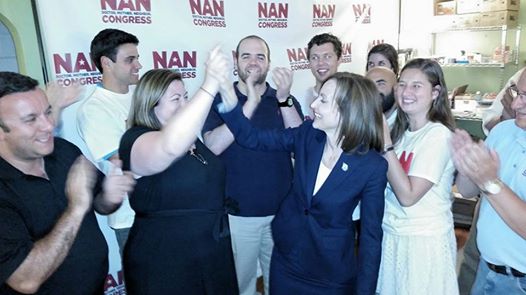Grapevine: Enjoying One of the World’s Best Sparkling Wine Regions

Champagne, Prosecco, Cava, Cremant, Asti Spumante, Sekt, Brachetto, Lambrusco and Franciacorta.
All are highly regarded sparkling wines, some familiar, some flying well under the American wine consumer’s radar. But not all sparkling wines are equal.
The majority are made from three traditional grapes (Chardonnay, Pinot Noir and Pinot Meunier), but several are made from grapes indigenous to the region or country where they are produced.
The majority are made in one of the three common methods of adding sparklers (bubbles) to a still wine. The Méthode Champenois is utilized throughout the wine world and became famous in the Champagne region of France in the 18th century.
I have sampled many representative sparkling wines from wine regions round the globe and have formed varying impressions of each. As much as I enjoy Champagne, there are other sparkling wines that are as pleasing, and at a significantly lesser cost. A number of my favorites are made in the United States (notably California) by American producers (Schramsberg, Iron Horse, Laetitia) and French producers (Moët et Chandon, Taittinger, Roederer, Gloria Ferrer).
Several foreign-based regions and producers have had little exposure in the United States. One that I am particularly enamored with is Franciacorta (produced in Italy) and its premier winery, Berlucchi.
I had enjoyed a Franciacorta at a restaurant in the late 20th century. It was very distinctive and I searched the retail market for other examples; none could be found. Fast forward to last month and an offer comes via email to sample a bottle of Berlucchi Franciacorta. I typically accept such offers only if the proffered wine is in some way unique or invokes memories of long-forgotten interests. I eagerly accepted the offer.
Franciacorta’s reputation is not widely known or acknowledged. In my opinion this unheralded wine region produces a number of fine sparkling wines that rival the finest Champagnes. Within Italy the better known, and more widely consumed, sparkling wine is Prosecco. By comparison the less refined Prosecco is straightforward and lacks the finesse and complexity of Franciacorta. However, at a price typically under $20, Prosecco is more appealing than its neighbor to the west, which typically starts at $30.
Franciacorta is both a geographical subregion and a style of wine.
The subregion is in north central Italy, within the province of Lombardy, whose capital is Milan).
The wine is primarily composed of Chardonnay and may be blended with small amounts of Pinot Noir or Pinot Blanc. It is produced using the Méthode Champenois. The unique climate and terrain of this area contribute to the complexity and finesse of the end product. With the Swiss Alps to the north and the low, rolling hills, the sun’s warmth adds vigor to ripening grapes in Franciacorta. The cool nights balance the fruit and acid development so critical to fine sparkling wine.
Berlucchi is the First Family of Franciacorta. They produced the first sparkling wine in the region and one of the first sparklers in Italy using the Méthode Champenois. But unlike Champagne, with its five centuries of sparkling wine history, Guido Berlucchi and his partner, Franco Ziliani, began making their fabled wine in 1961.
My tasting notes: The sophistication and complexity of this Brut were attributable to the perfect balance of fruit and acid. Aromas of apple and pear wafted from my glass. These aromas were followed by a clean, vibrant sensation on my palate, coupled with a velvety mouth feel. The loving care and skilled craftsmanship the Berlucchi family is very evident.
Finding Franciacorta sparkling wine is still a daunting task in our area. My palate and my wallet say it is worth the effort.
Nick Antonaccio is a 35-year Pleasantville resident. For over 15 years he has conducted wine tastings and lectures. He also offers personalized wine tastings and wine travel services. Nick’s credo: continuous experimenting results in instinctive behavior. You can reach him at nantonaccio@theexaminernews.com or on Twitter @sharingwine.

